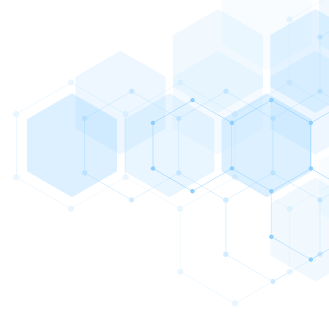DESCRIPTION
Eribulin Mesylate
Mechanism of Action
• Synthetic analog of halichondrin B, a product isolated from the
marine sponge Halichondria okadai.
• Potent antimicrotubule agent, with a novel mechanism that is distinct
from other known antimicrotubule agents.
• Cell cycle–specific as it leads to a block in the G2-M phase of the cell
cycle.
• Inhibits microtubule growth by sequestering tubulin in nonproductive
aggregates with no effect on microtubule shortening.
• Maintains activity in various taxane-resistant tumor cell lines.
Mechanism of Resistance
• None well characterized to date.
• Appears to be less susceptible to multidrug resistance P-glycoprotein
efflux pump. As such, it may be used in treating multidrug-resistant
tumors.
Absorption
Administered only by the IV route.
Distribution
Rapidly and extensively distributed with a mean volume of distribution
of 43–114 L/m2. Variable binding to plasma proteins that ranges from
49%–65%.
Metabolism
No major eribulin metabolites have been identified. Elimination occurs
primarily via the hepatobiliary route as parent drug in feces (82%), with only
a small amount of drug excreted in the urine (9%). The mean elimination
half-life is approximately 40 hours.
Indications
FDA-approved for the treatment of patients with metastatic breast cancer
who have previously received at least two chemotherapeutic regimens for the
treatment of metastatic disease. Prior therapy should have included an
anthracycline and a taxane in either the adjuvant or metastatic setting.
Dosage Range
Recommended dose is 1.4 mg/m2 IV on days 1 and 8 of a 21-day cycle.
Drug Interactions
Drugs that are associated with QT prolongation—Arsenic trioxide, astemizole,
bepridil, certain phenothiazines (chlorpromazine, mesoridazine,
and thioridazine), chloroquine, clarithromycin, Class IA antiarrhythmics
(disopyramide, procainamide, quinidine), Class III antiarrhythmics (amiodarone,
bretylium, dofetilide, ibutilide, sotalol), dextromethorphan, droperidol,
erythromycin, grepafloxacin, halofantrine, haloperidol, methadone,
pentamidine, posaconazole, saquinavir, sparfloxacin, terfenadine, and troleandomycin.
Special Considerations
1. Use with caution in patients with moderate renal impairment (CrCl
30–50 mL/min). In this setting, a lower starting dose of 1.1 mg/m2 is
recommended. The safety of this drug is not known in patients with
severe renal impairment (CrCl ,30 mL/min).
2. Use with caution in patients with mild hepatic impairment (Child-
Pugh A). In this setting, a lower starting dose of 1.1 mg/m2 is recommended.
In patients with moderate hepatic impairment (Child-Pugh B),
a dose of 0.7 mg/m2 is recommended. The drug has not been studied
in patients with severe hepatic impairment (Child-Pugh C).
3. Closely monitor CBCs on a periodic basis.
4. Monitor ECG with QTc measurement at baseline and periodically
during therapy, as QTc prolongation has been observed. Use with
caution in patients with a history of CHF, bradyarrhythmias,
 concomitant use of drugs that prolong QT interval, congenital
 QT€syndrome, and electrolyte abnormalities (hypokalemia and
 hypomagnesemia).
5. Pregnancy category D. Breastfeeding should be avoided.
Toxicity 1
Myelosuppression with dose-limiting neutropenia. Thrombocytopenia
and anemia observed are observed at a much lower extent.
Toxicity 2
Fatigue, asthenia, and anorexia.
Toxicity 3
GI side effects in the form of nausea/vomiting, mucositis, diarrhea, dyspepsia,
and dry mouth.
Toxicity 4
Peripheral neuropathy.
Toxicity 5
QTc prolongation occurs rarely.
SPECIFICATION


Login To Comment